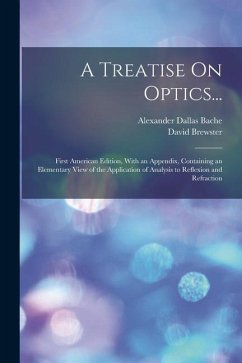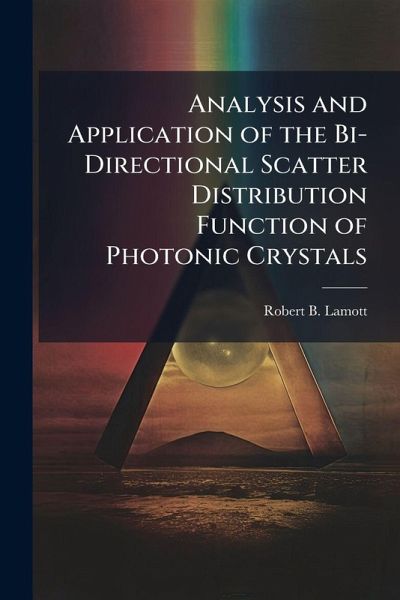
Analysis and Application of the Bi-Directional Scatter Distribution Function of Photonic Crystals
Versandkostenfrei!
Versandfertig in über 4 Wochen
15,99 €
inkl. MwSt.
Weitere Ausgaben:

PAYBACK Punkte
8 °P sammeln!
Photonic crystals (PCs) are periodic structures built from materials with different refractive indices repeated at sub-wavelength intervals, which results in unusual optical characteristics, including narrow band laser protection, and zero reflectance and high absorption anomalies. Most of the research into the optical properties of PCs has concentrated only on the small range of wavelengths and angles where these effects occur. To better understand where all light leaving a PC is scattered, a Complete Angle Scatter Instrument was used to analyze the scatter from three Guided Mode Resonance Fi...
Photonic crystals (PCs) are periodic structures built from materials with different refractive indices repeated at sub-wavelength intervals, which results in unusual optical characteristics, including narrow band laser protection, and zero reflectance and high absorption anomalies. Most of the research into the optical properties of PCs has concentrated only on the small range of wavelengths and angles where these effects occur. To better understand where all light leaving a PC is scattered, a Complete Angle Scatter Instrument was used to analyze the scatter from three Guided Mode Resonance Filters designed for laser protection. In the plane of incidence, measurements of the scatter strength were made for nearly all incident and scattered angles. Reflectance data was also taken out of the plane of incidence for selected incidence angles, showing the directional reflectance over the entire hemisphere. This data was used to modify existing empirically based Bi-directional Scatter Distribution Functions (BSDFs), with the goal of producing a model suitable for scene generation of complex objects coated with a GMRF surface. This work has been selected by scholars as being culturally important, and is part of the knowledge base of civilization as we know it. This work was reproduced from the original artifact, and remains as true to the original work as possible. Therefore, you will see the original copyright references, library stamps (as most of these works have been housed in our most important libraries around the world), and other notations in the work. This work is in the public domain in the United States of America, and possibly other nations. Within the United States, you may freely copy and distribute this work, as no entity (individual or corporate) has a copyright on the body of the work. As a reproduction of a historical artifact, this work may contain missing or blurred pages, poor pictures, errant marks, etc. Scholars believe, and we concur, that this work is important enough to be preserved, reproduced, and made generally available to the public. We appreciate your support of the preservation process, and thank you for being an important part of keeping this knowledge alive and relevant.



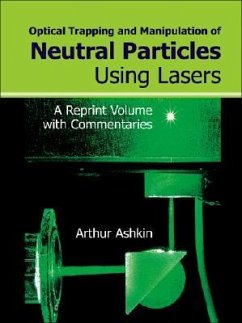


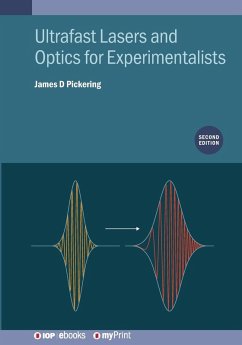

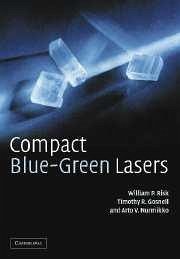

![The Stereoscope [electronic Resource]: Its History, Theory, and Construction, With Its Application to the Fine and Useful Arts and to Education Cover The Stereoscope [electronic Resource]: Its History, Theory, and Construction, With Its Application to the Fine and Useful Arts and to Education](https://bilder.buecher.de/produkte/66/66189/66189159n.jpg)
